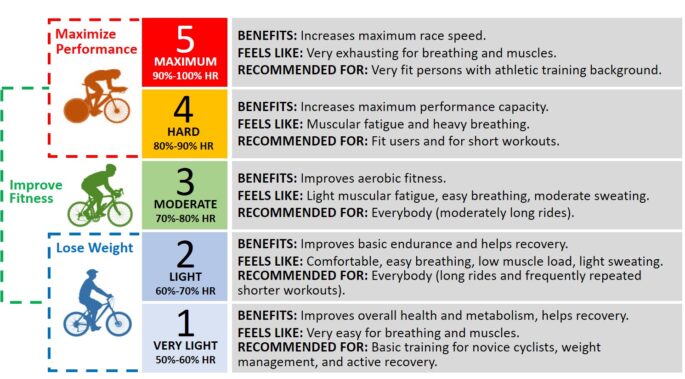Tip #22: How healthy do you really want to be?
Obesity levels for the senior population in the U.S. are now over 40 percent. If you are a former high school/college/post-college athlete who has been on the couch for the past 20-30+ years, this series of twice-monthly (1st and 15th of the month) tips will show you how to resume an active lifestyle.
Fortunately, numerous studies have confirmed that it is never too late to resume an active lifestyle. I will show you how to reduce your fitness age, a more reliable indicator of longevity than your BMI, by 20+ years over the next 12-24 months. You will definitely be healthier, happier, and an inspiration for your family, friends, and colleagues. What’s better than that?
How healthy do you really want to be?
Physical Activity: Any bodily movement that contributes to daily energy expenditure and is positively associated with physical fitness.
Exercise: Planned, structured, and repetitive bodily movement that contributes to daily energy expenditure; very positively associated with physical fitness; a subcategory of physical activity.
Physical Fitness: A set of attributes that a person has or achieves; health-related components: cardiorespiratory endurance, muscular endurance, muscular strength, flexibility, and body composition; skill-related components: agility, balance, coordination, speed, power, and reaction time.
Getting off the couch and increasing your physical activity is a start, but that isn’t exercise or physical fitness. You need to do much more. Hopefully, you have a more ambitious goal, such as losing weight, becoming fit, or maximizing your performance. Maybe it is a combination of two of them, or all three. What’s your next step? Before making a decision, review these previous tips:
Before making a decision, review these previous tips:
- Tip #4: What is your current fitness age?
- Tip #6: How intensely should you exercise?
- Tip #7: How do you reduce your fitness age by 20+ years?
If you are coming off the couch after years of inactivity, start at Level 1 and work your way to greater levels of activity. If you don’t want to be competitive (Levels 4-5), that’s fine. Even the moderate level of workout intensity at Level 3 will help you reduce your fitness age by 10+ years. But, remember the key to living an active lifestyle is to have a measurable/achievable goal that you can pursue for the rest of your life.
What have I learned?
But, then my goals have evolved over the past 20+ years as I started to experience competitive success against Masters age-group competitors. This athletic success was not a fluke, but the result of years of training and competition integrated into my active lifestyle. I still have an unrealized goal of being a Masters national time trial champion. Whether I achieve this goal in competition or by simply outliving all my competitors, I still have to finish the race. That will not happen if I retreat to my couch for the rest of my life.
Any questions?
Tip #23 Preview: Are you really ready to resume an active lifestyle?
